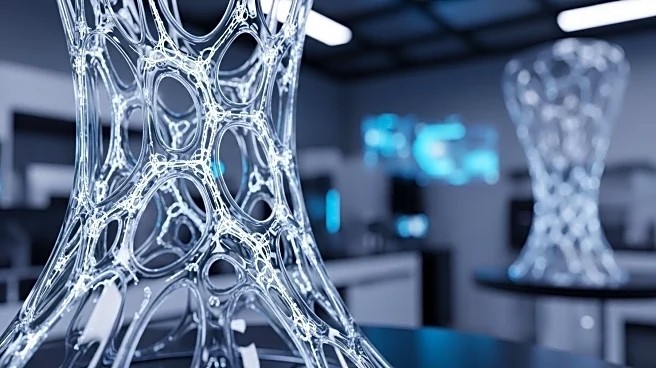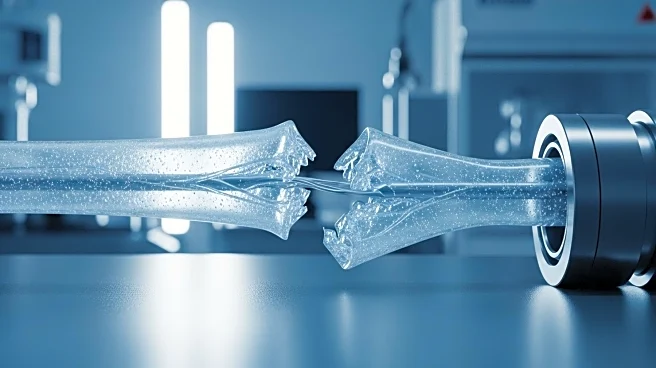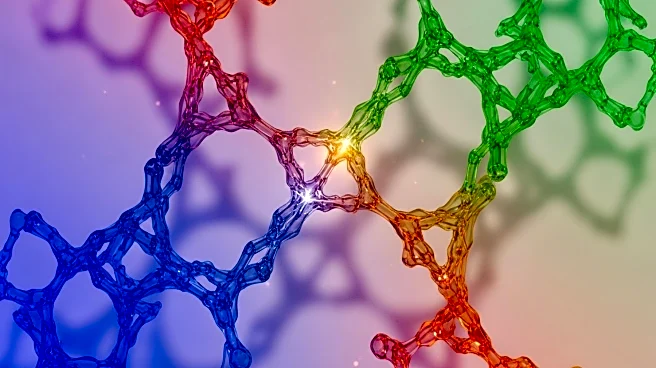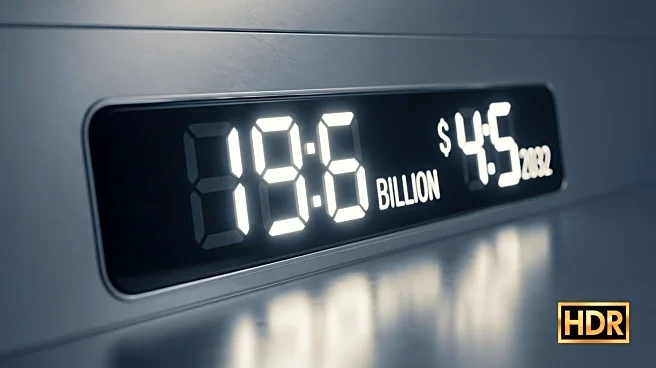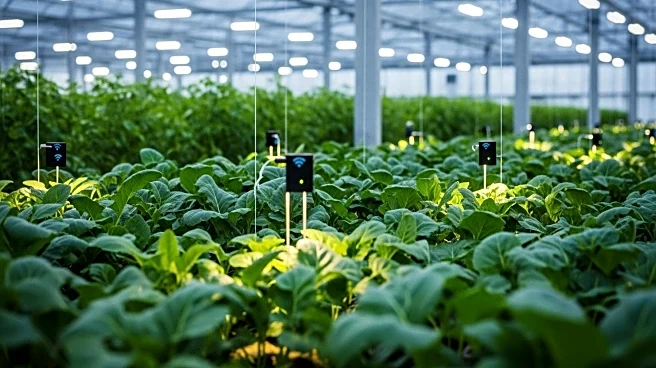What's Happening?
The self-healing smart polymers market is experiencing significant growth, driven by major companies such as DuPont, Evonik, and Solvay. According to a recent market study by HTF Market Intelligence, the global market for these advanced materials is projected to expand at a compound annual growth rate (CAGR) of 14.20% from 2025 to 2033. The market is expected to grow from $2.3 billion in 2025 to $6.5 billion by 2033. Self-healing smart polymers are materials that can repair themselves after damage, restoring their original structure and properties. They are increasingly used in various applications, including automotive, aerospace, electronics, medical devices, and packaging. The market study highlights the development of technologies such as microcapsule and reversible bonding, integration with additive manufacturing and 3D printing, and increasing research in bio-inspired self-healing mechanisms.
Why It's Important?
The growth of the self-healing smart polymers market is significant for several industries, including automotive, aerospace, and electronics, as these materials offer enhanced durability and reduced maintenance costs. The ability of these polymers to autonomously repair themselves aligns with the growing demand for sustainable and longer-lasting materials, minimizing waste and extending product lifecycles. This market expansion presents opportunities for companies to innovate and develop new applications for self-healing polymers, potentially transforming product design and manufacturing processes. Additionally, the focus on sustainable materials supports environmental goals by reducing the need for frequent replacements and repairs.
What's Next?
The market is expected to continue expanding its reach, with North America dominating and Asia-Pacific identified as the fastest-growing region. Companies are likely to pursue partnerships with material science startups and original equipment manufacturers (OEMs) to capitalize on export potential in aerospace, healthcare, and electronics markets. The development of scalable synthesis and manufacturing processes will be crucial for the commercialization of self-healing polymers. As research continues, improvements in healing efficiency, speed, and durability under varying environmental conditions are anticipated, further enhancing the appeal of these materials across industries.
Beyond the Headlines
The self-healing smart polymers market presents ethical and environmental implications, as the adoption of these materials can significantly reduce waste and promote sustainability. The integration of bio-inspired self-healing mechanisms reflects a shift towards more environmentally friendly technologies. However, challenges such as high production and R&D costs, limited mechanical strength after multiple healing cycles, and slow healing rates under certain conditions must be addressed to fully realize the potential of these materials.
